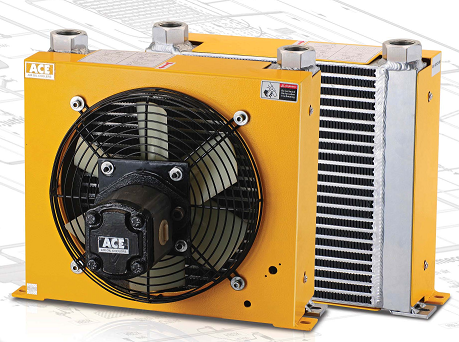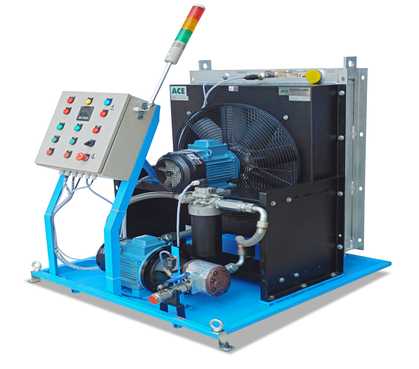Undeniable Proof That You Need Air Cooled Heat Exchangers

What the Heck are Air Cooled Heat Exchangers?
July 21, 2022
Why you should spend more time thinking about HOT OIL!!
February 17, 2023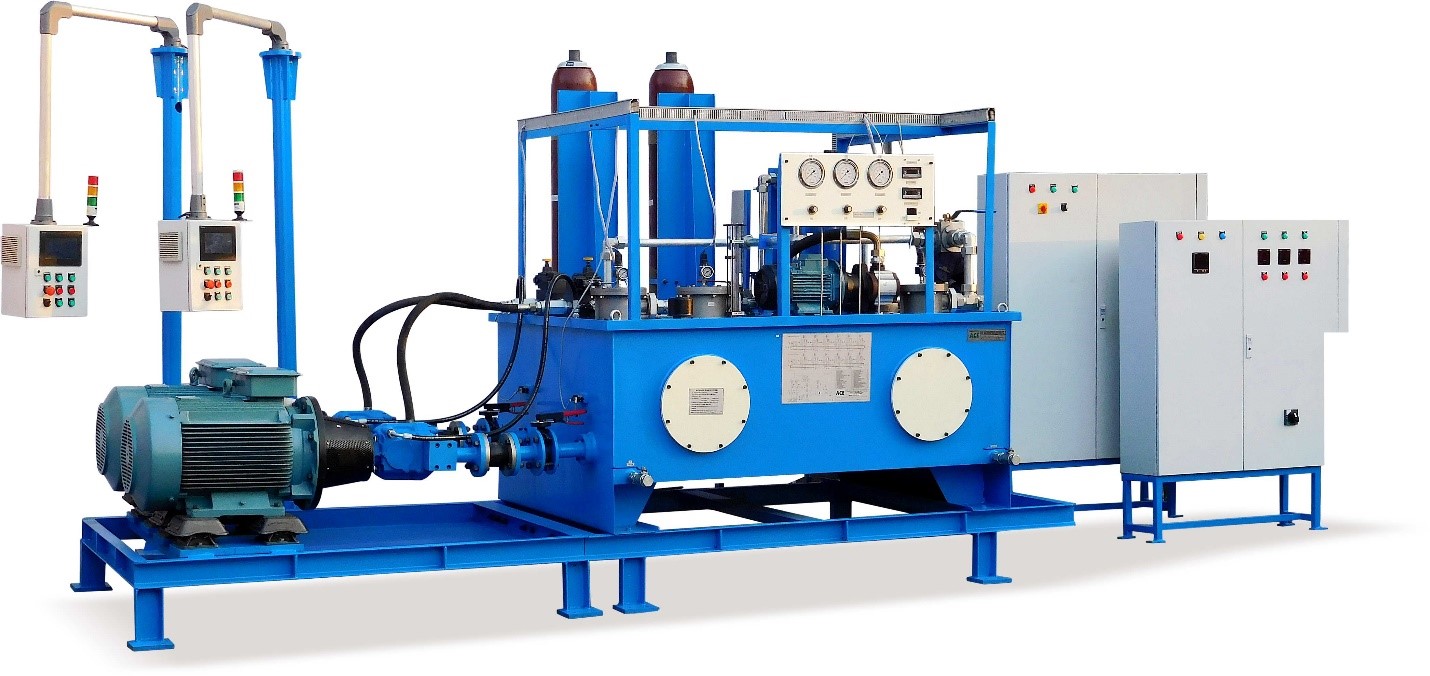
“I am looking for an Air Cooled Heat Exchanger Manufacturer who will give me an inexpensive oil cooler”
We were recently approached by a hydraulic equipment manufacturer for a quote on an Air Cooled Oil Cooler. When we asked him for details about his application, his answer was “Just give me any inexpensive oil cooler. Actually, I don’t need one as I am using a large tank of 750 liters. I just need to complete the bill of materials to satisfy the customer”. For us, this is not an uncommon response. On a little prodding, he disclosed that his hydraulic system used a 75 HP motor coupled to a gear pump delivering 160 LPM oil flow. The equipment had a continuous duty cycle.
If the heat produced during the work cycle is more than the heat dissipated from the tank surface a heat exchanger is required. In continuous duty systems, if the wasteful energy that is converted into heat cannot be dissipated effectively by radiation naturally from the surface of the tank we do need an external oil cooler. The amount of heat that a tank can dissipate with respect to the temperature difference between the oil temperature & the temperature of the ambient air can be estimated with the help of the table below.
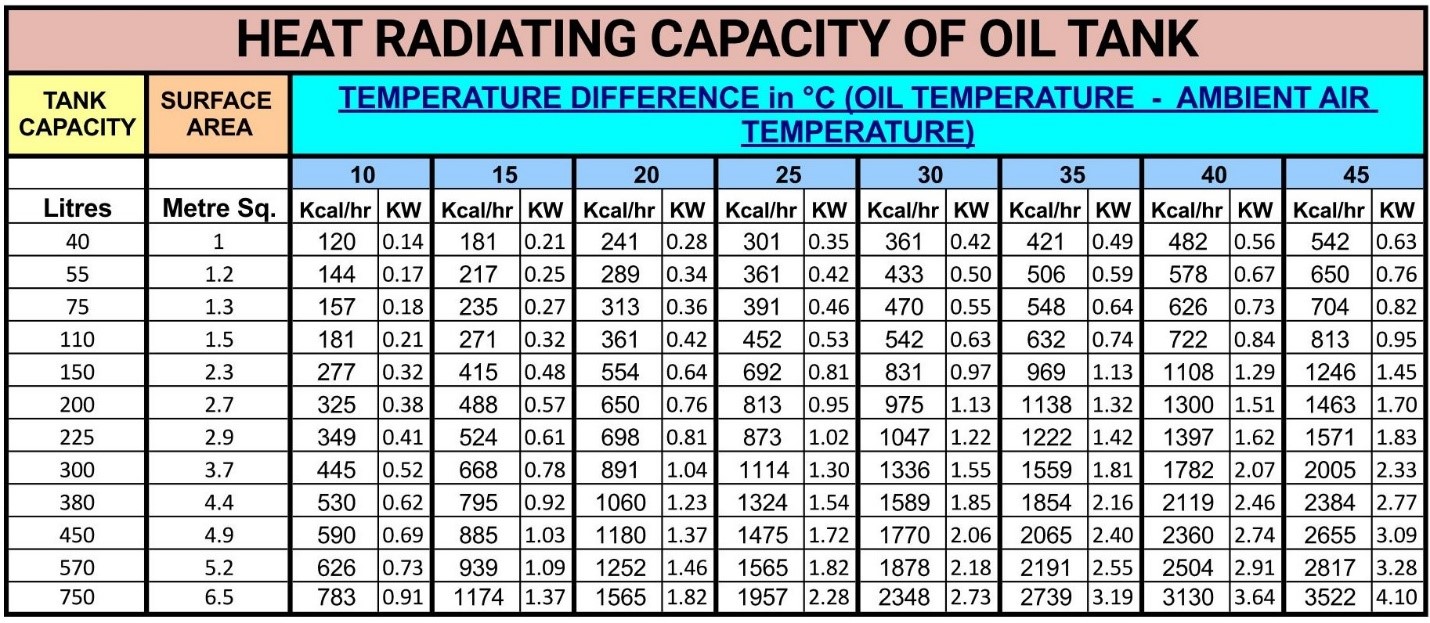
Heat Radiating Capacity of Reservoirs
The above table is based on the surface area of mild steel tanks with a gap of 150 mm space underneath & free air circulation all around.
Heat Dissipation for any other tank capacity or surface area can be calculated by the formula:
Heat dissipated IN KW = U*A*(To-Ta)/1000
U= 11 to 15 W/(m²·°C). Value of U is taken as 14 for above table.
A= Surface area including bottom in Sq. m
To= Oil Temperature in °C
Ta= Ambient Air Temperature in °C
We can see that the heat dissipation from the tank surface increases as the temperature difference between the oil & ambient air increases. If the heat generated in the hydraulic system is more than the heat dissipation capacity of the tank the oil temperature will keep rising, till the heat generated equals the heat dissipation capacity of the tank. An overheating hydraulic system will result in any or all of the following:
- INCREASED POWER CONSUMPTION
- LOWER PRODUCTION SPEEDS
- HIGHER BREAKDOWNS
- HIGHER MAINTENANCE
- MORE OIL SPILLS
Leading to catastrophic irreversible failure. In the least, it will result in service visits to the customer.
In this case, the specifications of the hydraulic system were as follows:
- Motor Power: 56 kW (75 HP)
- Calculated Power Required: 45 kW (60 HP)
- Pump Flow: 160 LPM
- Calculated Return Line Flow: 214 LPM
- Tank Volume: 750 liters
- Ambient Air Temperature: 40 °C
- Desired Oil Temperature: 60 °C
(Given an option I would like to try to restrict this to 55 °C)
Without going into the details of the hydraulic system & the components used, even if we assume the overall efficiency of hydraulic system η as 70%. The Heat Generation = 30% x Motor Power (KW) = 13.5 kW.
From the heat dissipation table we can see that for a tank of 750-liter capacity the calculation becomes something like this:
- Oil tank capacity = 750 liters
- Ambient air temp. = 40 °C
- Max allowed oil temp. = 60 °C
- ΔT = 60- 40 = 20 °C
- From the table Heat dissipation capacity = 1.82 kW
- Access heat production= 13.5 – 1.82 = 11.68 KW.
A whooping 11.68 kW of heat is going to be added to the oil. This is almost as good as having an electrical heater of 12 kW installed in the hydraulic system.
As the equipment operates, the temperature will keep rising till the heat dissipation from the tank surface equals 13.5 kW. We would probably need a tank having a surface area of about 48 sq. m. which depending on construction would amount to a tank or 4000 or 5000 liters capacity to be able to dissipate this much heat.

Dimensional drawing of a 4000 litre Hydraulic Reservoir
Therefore theoretically the oil temperature will keep rising the heat generated will equal the heat dissipated and we reach a state of equilibrium, only then will the oil temperature stabilize. By then it would be too late as the hydraulic system would have gone through irreversible damage much before that.
At temperatures above 80 °C the viscosity of the oil would have reduced drastically, making it susceptible to internal & external leakages. Furthermore the additives added to the oil will irreversibly lose their properties. High hydraulic oil temperatures will progressively damage seals, internal moving parts and directly affect the power consumed, life & reliability of the equipment.
Fit an Oil Cooler / Heat Exchanger OR increase Reservoir size?
Therefore we have two options. Either to increase the size of the tank or install an oil cooler. Even if we did manage to increase the oil tank size, the economics will rarely justify this. Not only on account of expense of building the tank, as also the increased oil fill cost, each time we replace the oil. We also have to consider the cost of space occupied by such a large tank. Increasing the oil tank capacity therefore become unviable. In this particular example, we would need to install.
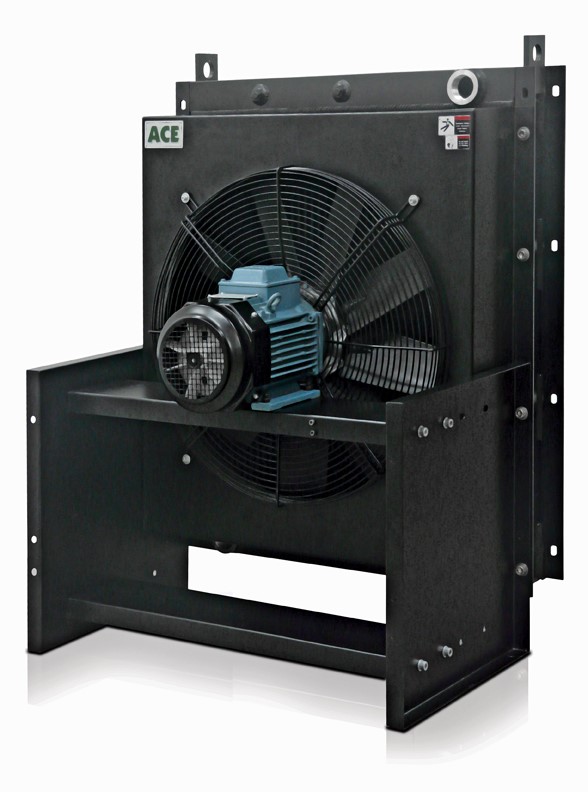
Oil Cooler / Heat exchanger
An oil cooler with a heat dissipation capacity exceeding 14 KW & an oil flow handling capacity of at least 220 LPM.
We help customers in finding the most cost-effective and efficient option available to:
- Reduce heat load, by tweaking their hydraulic system design
- Accurate estimation of heat dissipation
- Selecting of the right air cooled oil cooler.
Yours for better Air Cooled Heat Exchanger Knowledge
Vineet Taneja – vineet@acefluidpower.com


